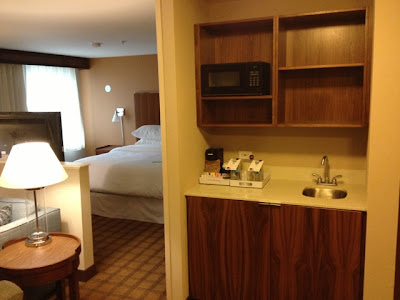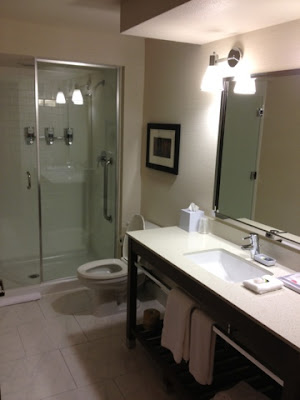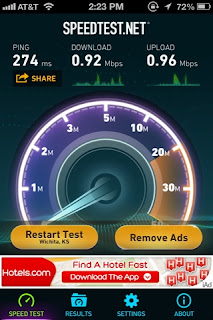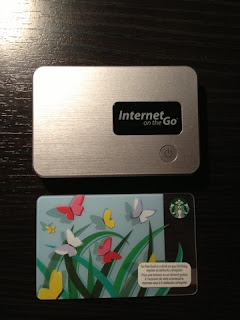i haven't done it so much because i'm always afraid of the hit to the credit rating. yes, credit scores do go down whenever you ask for credit. however, this is a temporary effect. but given that the bf and i are looking at buying a place in the near future, i'm not going to be so eager to do anything to hurt the credit rating, even if temporarily. you never know when the next big opportunity will arise, although i'm pretty sure it won't be within the next year.
my friend asked me about what goes into a credit score, and what to do about credit card accounts that were used primarily for obtaining the sign up bonus but aren't used anymore.
i dug up a thread that i thought was particularly helpful: it's redflagdeal's "ask me about credit scores" thread. there are certainly many opinions out there, as well as some facts available if you're interested. however, there are two other sites that i found very helpful:
- you can use this canadian-based website to predict what your score would be. they give a very general ballpark as to what your score would be. it's anonymous and free.
- another website gives you a more broken down version of what makes up your credit score (it's a much easier visual representation than what you'd find in the thread). to summarize:
- 35% = payment history. yes, if you screw up the basics of credit, then you've screwed up a big chunk of your credit rating. that's only fair.
- 30% = how much is owed. both the total amount that you owe at any given time (i.e., add up all that you owe on your credit cards) and the ratio between how much you owe and how much credit you have. for example, using up $1,000 of your total $100,000 credit limit looks a lot better than using up $1,000 of your $10,000 credit limit.
- 15% = length of credit history. the "older" the average age of your accounts, the higher the score
- 10% = types of credit used.
- 10% = number of new applications in the past 5 years. how it's actually calculated is beyond me, although most banking representatives that i've spoken with suggest that the impact of a new inquiry on your credit rating only lasts for 6-12 months or so.

http://www.mymoneycoach.ca/credit_rating/what-is-credit-score.html
what does this mean? the basic rules that i've taken from this (and someone please feel free to correct me if i'm wrong) are:
- the most important of all: if you can't pay your balances (or minimums) on time, then credit cards are not for you. in fact, as a rule of thumb, if you can't pay off your card in full each month, then credit cards are not for you period. the interest alone far outweighs the benefits of the points that you will earn.
- if you have an old credit card, unless you're looking to churn it for another sign up bonus or there's an annual fee associated with it, don't cancel. i keep a whole deck of cards stashed in a drawer and never to be touched. it keeps the average age of your account older this way.
- if you have a card that you no longer use, it doesn't hurt to keep the credit limit the same. reducing the credit limit may actually work to reduce your score in the 30% category.
- if you are looking to apply for a mortgage in the near future where having a favorable credit score may mean the difference between a good rate and a great rate, then keep the number of credit applications to minimum.

















